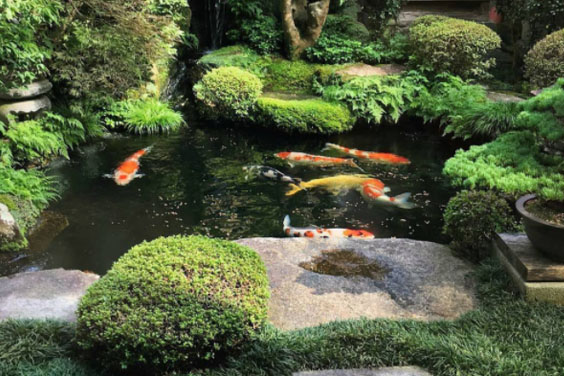
Source: Pinterest
Green backyards or front lawns with flowers are great but they can also be cliche and a bit boring. A Koi pond would be a brilliant way to break such monotony. A water feature enhances the serenity of your home while the Koi fish would liven up your recreational space with their beauty.
If this is something you desire for your home but feel restricted by costs, you are in luck. It is possible to build your very own koi pond and do it on a budget. All you will need to invest in is some basic setup equipment like a liner and koi pond filters and of course the koi fish.
Curious? Read on and let’s explore how to build a lovely koi pond for your home.
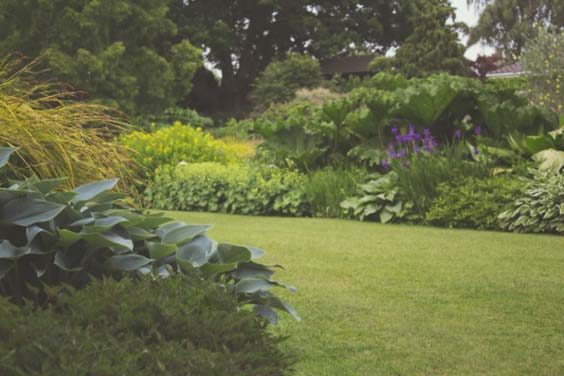
Source: Pexels
The ideal area for your koi pond should be a section of your home you would enjoy relaxing in. A backyard, for instance, would work well as it may not suffer as much interference as a front yard. Additionally, aim for a section that has enough room for you to carry out the installation processes with ease.
Your pond will need water and electricity to power water filters and other accessories. Due to this, it is advisable to weigh the pond site against how you will deliver these important utilities. Speaking of utilities, ensure that the area you intend to dig up has no utility supply lines running underneath it. They would undoubtedly get disrupted by your project or later be detrimental to your koi pond.
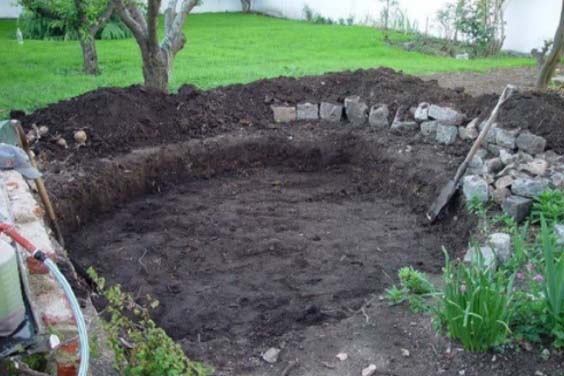
Source: Pinterest
Before you begin digging, map out the size and shape of a koi pond that you would like. If you are a first-timer, a regular shaped pond may be much easier but if you are feeling adventurous, go for it. In terms of dimensions, here are some facts to keep in mind:
Aim for a capacity of about 1000 gallons of water at least because koi fish need about 10 gallons for each inch of fish
The depth should be at least 4 ft so that there is some water left for the koi fish to survive the winter when the water surface freezes during winter
Once these basics are squared away:
Map out the pond shape using paint or a rope
Dig up the pond while stopping to measure for the desired depth
Tip: consider hiring a small backhoe if you are digging a sizeable koi pond
Try and make the top of the pond slightly wider than the base such that the pond walls slope downwards
Level the base of the pond as much as possible
Ensure that there are no jutting rocks or sharp objects at the base or walls of the pond
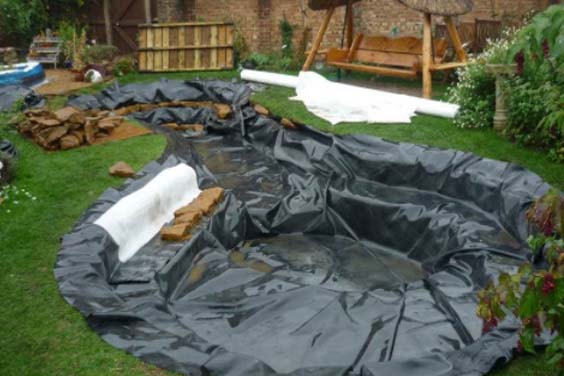
Source: gardeningflowers101.com
A pond liner should be made of tough rubber and have no holes in it to avoid leakages. It is advisable to get it from a pond equipment supplier. Alternatively, if you get it from a hardware store, be sure to seek guidance on what grade of liner would be adequate for pond use. In terms of size, the liner should be large enough to cover the hole and span about 3-4ft outside at the top of the pond.
First things first, rally up the troops. You will have an easier time if you have a pair or two of extra hands to help you with the installation. In addition, you will need some medium-small rocks; pick enough to fit the circumference of the koi pond. Beautiful rocks are great for this as they would beautify your pond but they should not weather easily.
Now, on to the installation:
Unroll the liner in the pond such that it settles comfortably on the base and lies flat on the sloping walls.
At the top ground surrounding the pond, spread the jutting liner flat on the surface
Secure it in place using the rocks all around the pond circumference
All parts of the jutting liner should ideally be covered by rocks to prevent erosion of impurities into the pond
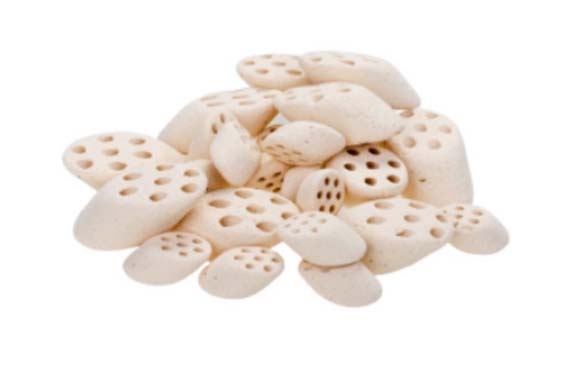
The secret to maintaining a healthy koi pond for longer and with ease is quality pond equipment. The best part is that such equipment is a one-off investment that you will only need to make once in a long time. So, what should you buy?
A water pump– it keeps water circulating in the pond to maintain the supply of oxygen and keep the water from completely freezing over in low temperatures. Ensure that the pond pump is designed to handle the capacity of water in your pond. Eco-friendly designs are also certainly a plus.
A koi pond filter- koi fish produce a lot of waste in addition to dust and other impurities that may seep into the pond. As such, you will need a robust filtration system to maintain conducive water quality. Aim for innovative, durable, and reliable solutions like biological filter media for ponds that are efficient and help maintain ideal pH and nitrite levels in the pond water.
UV pond filter – this is a pond maintenance tool that will help you keep your pond free from algae, bacteria, and parasites. The UV light destroys such pathogens which if left unchecked would threaten the health of your Koi fish.
It is advisable and important to install the pond pump slightly elevated from the base of the pond. This will keep it from getting clogged by all the sediment that settles at the bottom of the pond.
Tip: When installing all pond equipment, pay attention and endeavor to heed the manufacturer’s instructions.
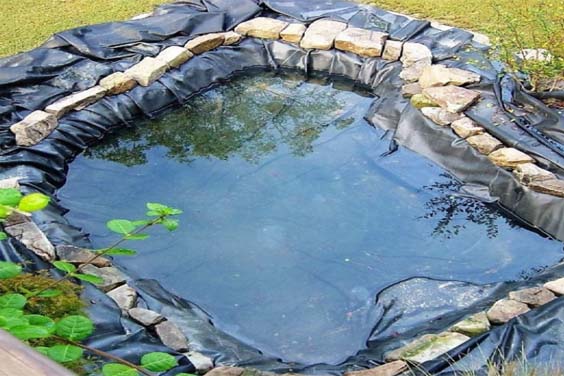
Source: Pinterest
The recommended pH for koi pond water is about 7 to 8. Before you fill your pond, take a small sample of the water you intend to use and test its pH. This will help you establish if you need to treat it. A pond water testing kit should give you all the feedback you need.
Proceed to fill up the koi pond with water and turn on the water pump and water filter. If the test kit indicated undesirable chlorine levels in the water, try adding some fish tank carbon to dechlorinate the pond water. Let it sit for a while as you fetch your fish.
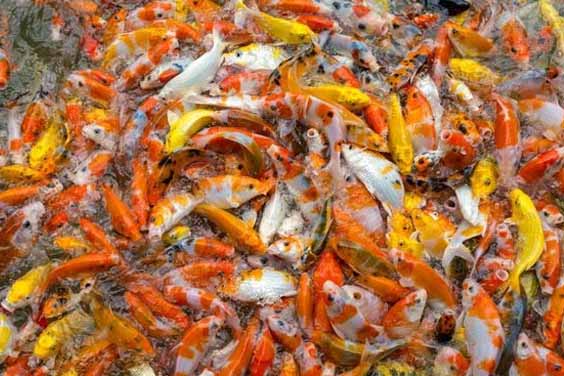
Source: Pinterest
When sourcing for koi fish, consider going to a koi fish farm as opposed to just any fish pet store. The difference is that you are likely to get healthier koi fish at a dedicated farm. You may also be surprised at how many koi fish varieties you might find. Plus, farm attendants could guide you on how best to help the fish cope with being introduced into the pond.
On quantity, koi fish breed quite generously so it is best to start with a handful. This will keep your pond from getting overcrowded which would compromise their well-being.
When you get home with your koi:
Test the water to ensure the pH has adjusted to about 7-8.
Confirm that the pump has been running for a while and it is working properly.
Allow the koi fish some time to acclimatize to the outdoor weather in the container or plastic bags given at purchase
Open the container/bag and allow the koi fish into the pond
With the right guidance, building a koi pond in your home is an easy and rewarding process. Not to mention a DIY project saves you loads of money and allows you to invest in quality equipment from a trusted pond accessories manufacturer. So, now that you have the ultimate guide, what’s keeping you from the koi pond of your dreams?
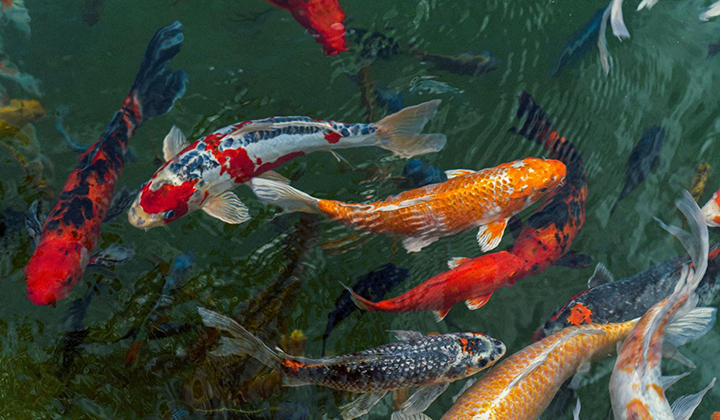
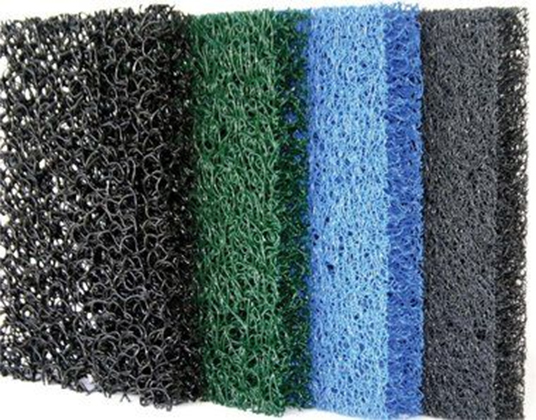
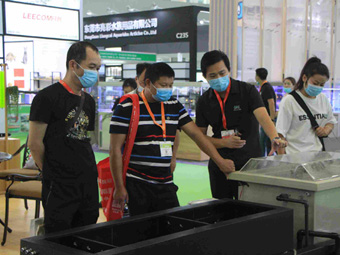

Leave a Reply